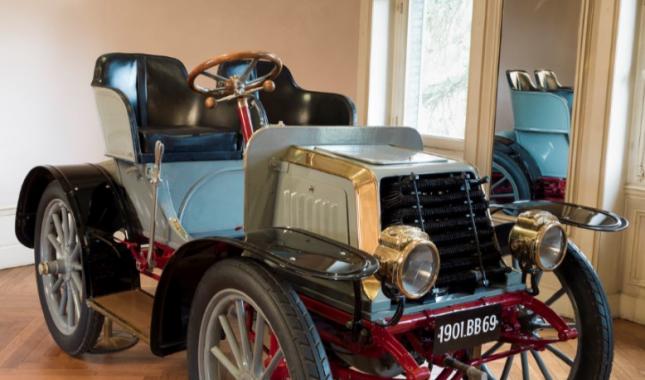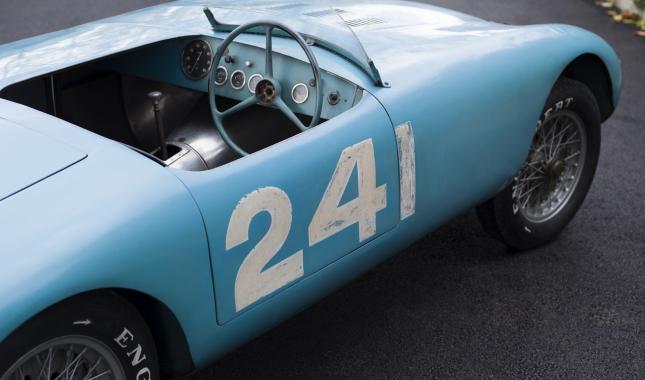Racing, the driver of automobile development
Racing has always been a way for manufacturers to show off their brand to the public by proving the technical superiority of their cars. These races, held on public roads until the beginning of the 20th century, assured the winners front-page coverage in the newspapers and a boost to their sales. The manufacturers’ production models were often based on their racing models. For example the 1926 ‘Silken Six’ Lorraine Dietrich B3-6 is a sports car based on the brand’s racing cars which took the first three places in the 1926 24 Hours of Le Mans.
The museum contains around 10 racing cars, some of which have exceptional track records. Most of them are blue because they were representing France, and they were driven by great racing names: Louis Rozier, Louis Chiron, Jean Behra, Robert Manzon, Maurice Trintignant and David Hulme.
Track records of our racing cars:
- Single-seater TALBOT LAGO: in 1948, came first in the Belgian Grand Prix, driven by Louis Rozier, and won the French Grand Prix, driven by Louis Chiron.
- Single-seater GP GORDINI: In 1952, winner of the ACF Grand Prix at Reims, driven by Jean Behra.

Automobile de course Luc Court
1901 - Type V2 - vitesse : 55km/h
Automobile La Buire Course
1905
Automobile GP Rolland Pilain
1923 - Moteur A22 N1, vitesse : 180km/h
Automobile Lorraine Dietrich
1927 - Type B3-6 « Silken six », vitesse : 135km/h
Monoplace Talbot Lago
1948 - Type 26 C - vitesse : 280km/h - Palmarès en 1948 : 1ère place du GP de Belgique et 1ère place Grand Prix de France
Automobile Gordini GP
1952 - Type 16 N°32 - Vitesse : 250 km/h - Palmarès en 1952 : 1ère place du Grand Prix de l'ACF, à Reims
Automobile D.B. "Monomill"
1954 - Type 518
Automobile Barquette Gordini
1954 - Type 23 N°16 vitesse : 200km/h
MONOPLACE MCLAREN
1968 - Monoplace M7 A n°2 dans sa configuration F5000 - Moteur V8 Chevrolet - Vitesse : 320 km/hAmédée Gordini, ‘the wizard’
Amédée Gordini was a motor car designer born in Italy and naturalised French. He was nicknamed The Wizard because of his talent in modifying engines and the preparation of racing cars.
At first he worked for the Italian brands Fiat and Simca, then in 1950 he created his own Gordini brand. Thanks to his new engine and ultralight chassis, Gordini was soon achieving excellent results in Grand Prix races. He became the only French car manufacturer to face up to the competition of the giants Ferrari and Mercedes. In 1957, after encountering financial difficulties, he gave up his independence to work for the Renault stable.
He was a friend of Henri Malartre, and donated two of his legendary racing cars to the museum when it opened in 1960.

